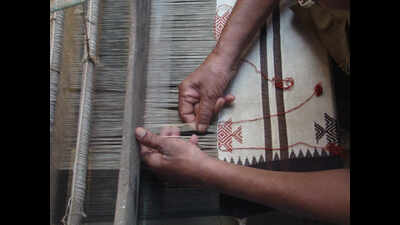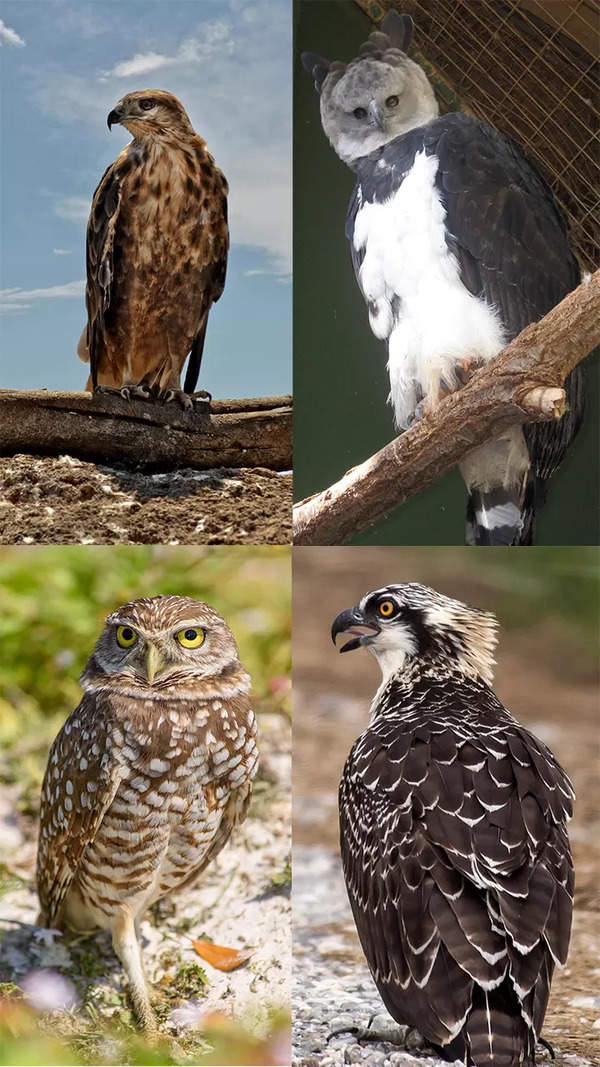- News
- City News
- raipur News
- New York's museum team visits dyers of Kotpad on Chhattisgarh-Odisha border
Trending
This story is from January 6, 2019
New York's museum team visits dyers of Kotpad on Chhattisgarh-Odisha border

A two-member team from The Met, including assistant conservator Yael Rosenfield, weaving expert Alice and textile expert Kamaldeep Kaur, visited Kotpad in the last week of December.

While speaking about the tribal community, Kamaldeep Kaur told TOI that Odisha’s Kotpad town has now become the home of the Panki tribe, who are the main dyers and weavers in the area. The women do the dyeing and the men weave beautiful fabrics including sarees and dupattas, hence making the community one of its kind where the women are involved in the production especially the dyeing process.
"The deep reddish maroon dye, which is used in the process, comes from the root and barks of Al trees (scientifically known as Morinda Citrifolia) which seem to grow wild in the forests of Kalahandi and is collected by other tribals who live around the forest. It’s a rare tree now and the process of extraction of the dye is very complicated compared to other red dyes in nature”, she said.
Kaur said the entire process of Al dyeing for the production of beautiful fabrics takes about 15 days in hot summers and 30 days in cold winters, which is a complex process and require high manpower.
“Kotpad is the only remaining place in India where Al dyeing is still practiced. Apart from Kotpad, the dyeing process is being used in few countries in South East Asia but on a very small scale”, she said.
Kaur added the exceptional work was done by the tribes should be commercialized as because of small communities like Pankis these ancient crafts were surviving. During our study tour, we found that the commercialization did not reached them as they were so remote.
"Although their fabrics are exhibited in trades and fairs organized by the government of India in places like Delhi, yet their exceptional art has not reached the locals”, she said.
While Kotpad town is in Kalahandi district of neighboring Odisha, this tribal community, living in the villages on Chhattisgarh side, are also engaged in Al dyeing.
“Majority of Al dyeing work is being done in Odisha but there are many people who are engaged in this work in villages in Bastar belt. However, this art is facing the threat of extinction hence Chhattisgarh government is planning programmes to revive the traditional art”, says Abdul Ayaz, general manager of Chhattisgarh Handloom Federation. He told TOI that the federation was purchased their fabrics for selling it through state government run emporiums.
New York Museum, The Met, has an extensive collection of Indian Textiles of which some date back to as ancient as the 11th century.
End of Article
FOLLOW US ON SOCIAL MEDIA






